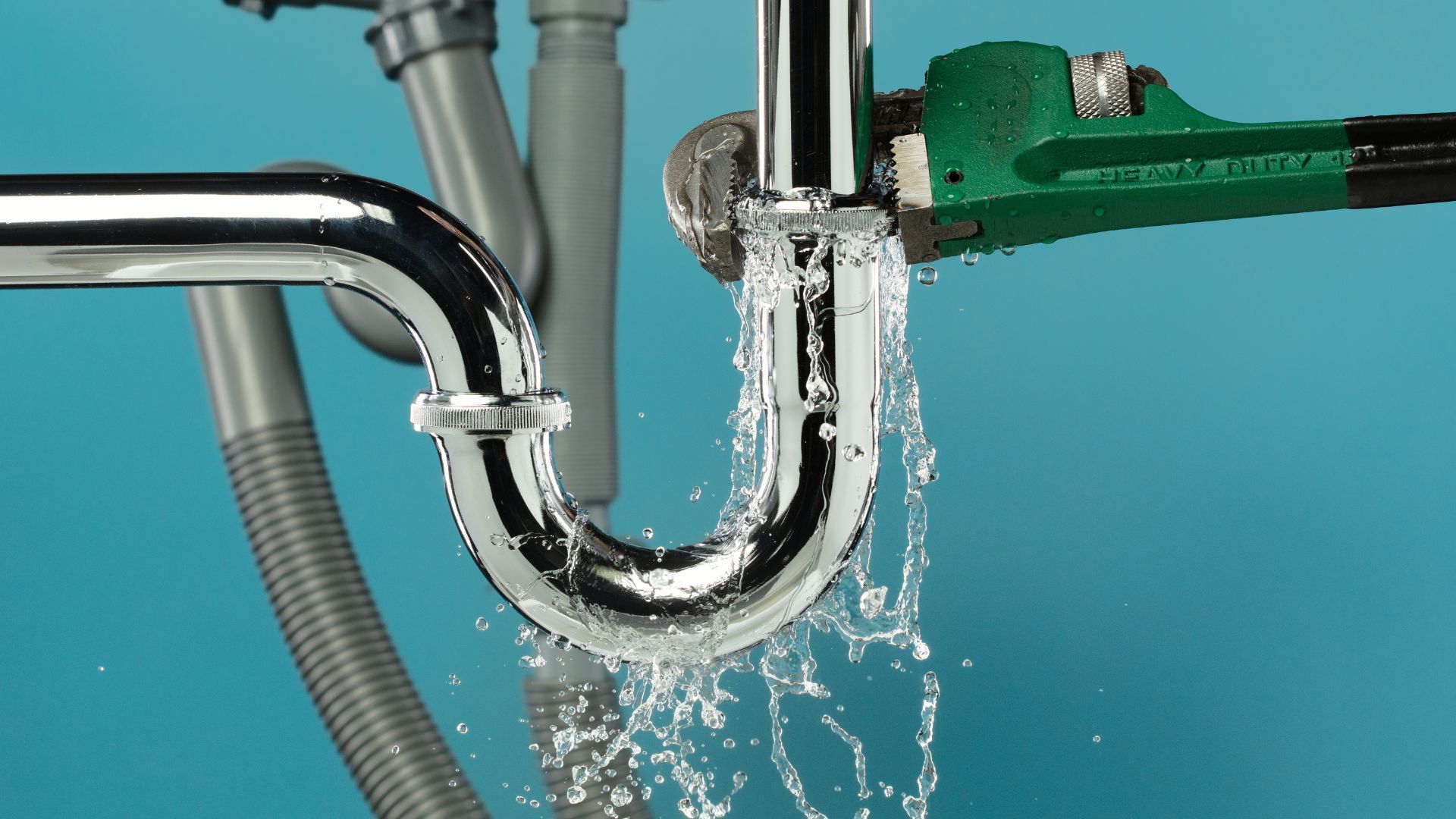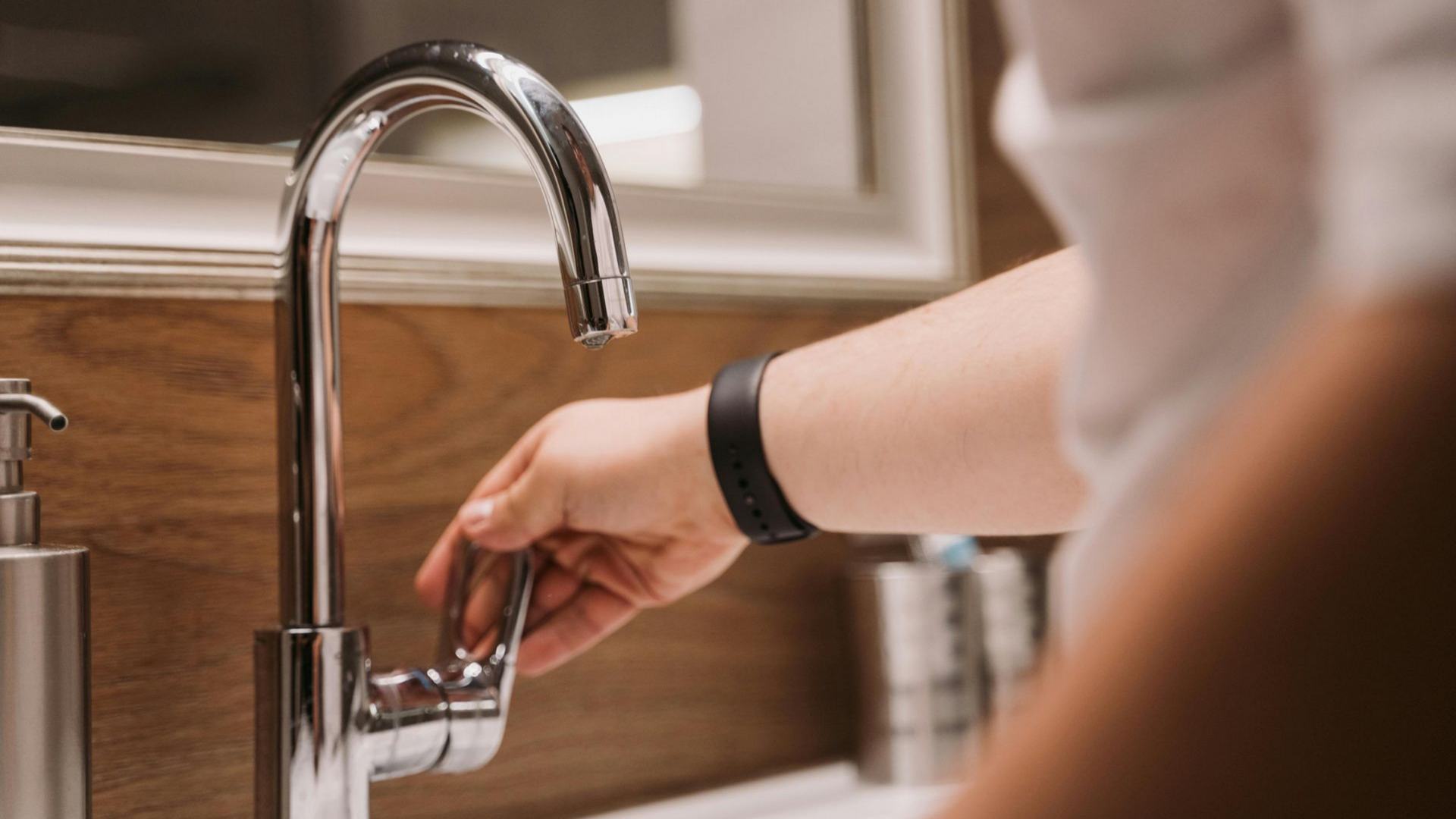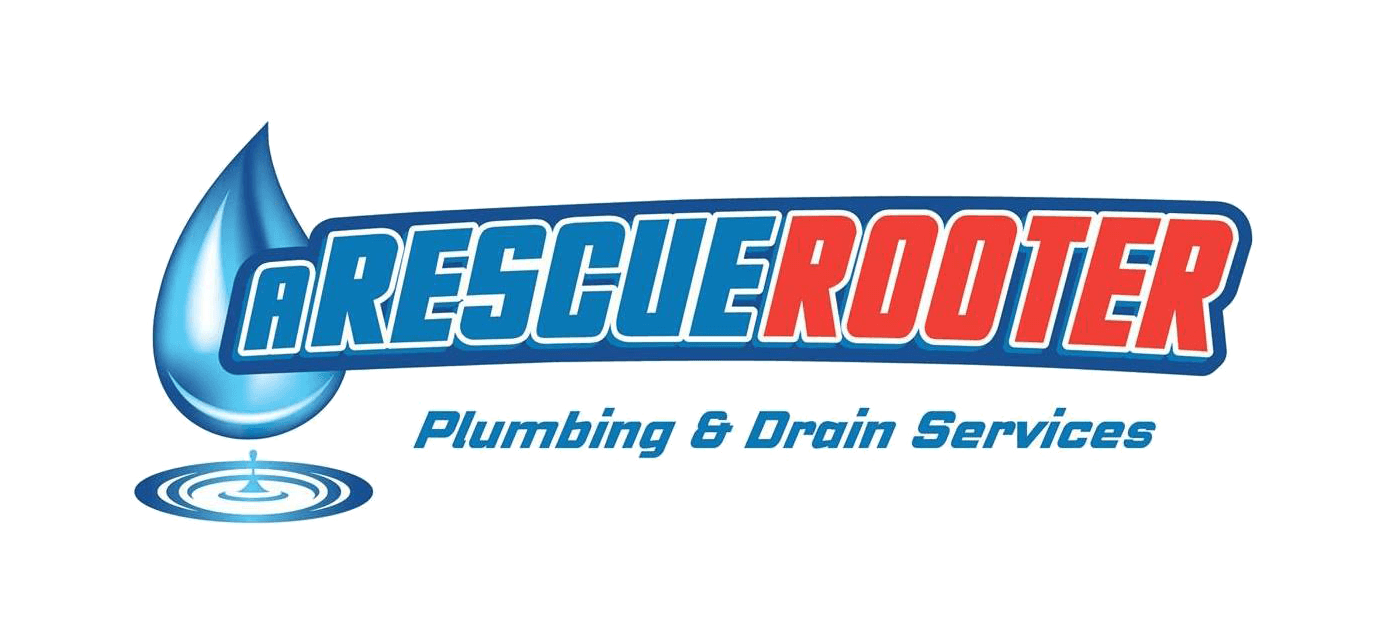Not sure how to get that pesky clog out of your toilet?
It happens to the best of us. We have to deal with a clogged toilet...

It’s really not a big deal and can be remedied fairly easily. Believe it or not, you can to go about unclogging a toilet without a plunger. The Brantford plumbers at A Rescue Rooter can tackle really clogged toilets as well as your total plumbing needs but here are some tips for to take of the not-so-bad clogs yourself without a plunger.
A super easy way to unclog a toilet is using dish soap. Because dish soap’s consistency is slippery, it will lubricate the offending toilet pipe and allow whatever has caused the clogged toilet to become loose and able to flush. A half cup is all you need and if you happen to be out of dish soap, just cut a bar of bath/hand soap in to chunks. If the dish soap doesn’t work, give hot water a try. (Don’t use boiling water which could crack a toilet.) Just pour a bucket filled with hot water from the bathtub. Stand in front of the clogged toilet and pour the hot water from waist level. The force of the water should shift the clog. Some folks have found success in unclogging a toilet with adding dish soap to the hot water. Because toilets aren’t usually totally clogged, you’ve got some wiggle room. There’s a good chance that the dish soap and the hot water will cause your toilet to drain slowly. You may have to add the contents of another bucket and that’s okay. If you have to, give your clogged toilet time to let the hot soapy water do its job. Don’t forget your Brantford plumbers will help you if you just can’t unclog your toilet. Do not use a store bought cleaner to unclog your toilet in your Brantford home. They can damage your toilet’s pipes and burn your skin.
Now you know you can unclog your toilet without a plunger, it wouldn’t hurt to purchase a plunger and keep it handy. Here’s how use it properly:
- don’t continue flushing your toilet
- if the toilet bowl is full, remove some of the water
- if the toilet bowl is almost empty, add some water
- stand over the toilet and put the rubber part of the plunger over the toilet’s drain tightly
- push down on the plunger’s handle a few times without breaking seal between the plunger and the drain
- when you’ve done this a few times, your toilet should be unclogged
You now know how to deal with your clogged toilet without a plunger with a plunger. A call to A Rescue Rooter in Brantford will help you with all your total plumbing needs, including the clogs you can’t remove yourself twenty-four hours a day, seven days a week. Their technicians are fully licensed, insured and most importantly…a phone call away! No job is too big or too small and they can help you with their state-of-the-art equipment that includes the use of CCTV video for diagnosis and repair in Brantford.
You can contact A Rescue Rooter by completing their online form or a call them at 905-521-8284. They are your local residential, commercial and industrial plumbers with over four decades of experience.
A Rescue Rooter
Never a Premium Rate for your Emergency in Brantford
905-521-8284






